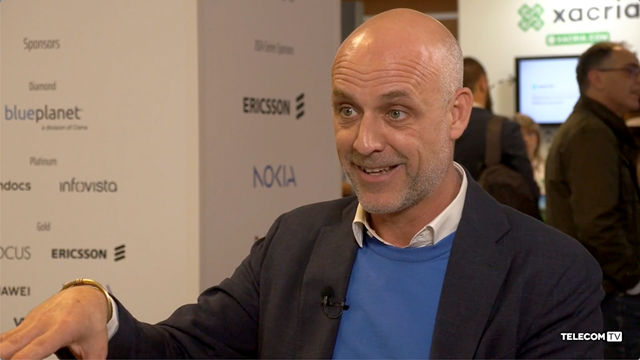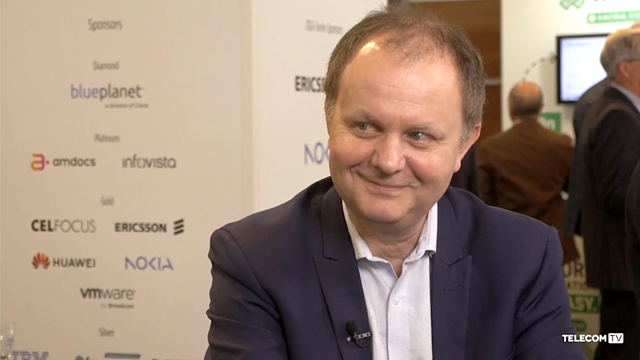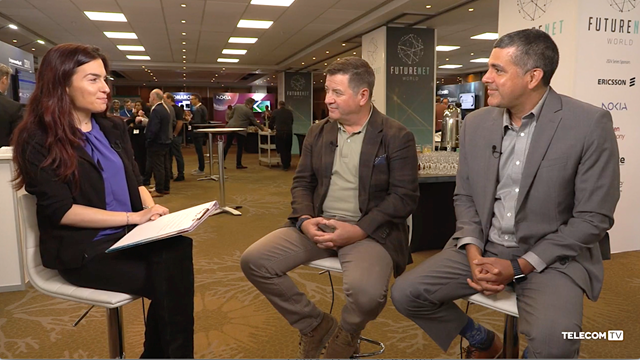
via Flickr © brewbooks (CC BY-SA 2.0)
- To get there ‘naked DSL’ is finally unleashed
- And a new 500k speed tier for trad telephone users is to be offered
- The PSTN switch-off is set for 2025
Twenty or so years ago BT announced plans to build what it called the 21st Century Network. It was framed as a bold, forward thinking move which would lay the foundations for an IP-based telecoms network and eventually lead to BT’s complete transformation. The headline takeaway was and is: IP to carry everything across one big core network, including voice.
That seems normal now, but it was considered a bit daring then. Ultimately, the big prize for the incumbent telco was to get rid of the expensive to maintain and operate copper access network and replace it with one network for all services. This could be calculated to save billions over the years and it meant the network owner could recycle the copper, (a not inconsiderable windfall).
But for a variety of reasons, finally getting rid of the copper is easier said than done.
The work on the 21st century network began in 2004 and today the end of the copper network may finally be in sight - just. But there’s a few details to iron out first. Like what to do with the existing users who don’t want to have a mobile but are quite happy with the old telephone service they know and love.
Ofcom has set 2025 as the date for the final PSTN switch-off, and, as a step towards this, BT Openreach has launched the long awaited ‘naked DSL’ service. That’s a DSL broadband service that doesn’t include a frequency split with the old voice service running within its own frequency range, whether you use it or not.
Instead the retail provider is to sell an ethernet broadband service across the Openreach broadband infrastructure on the basis that the user is happy to make its own telephony arrangements either via a VoIP service or just using a mobile (an increasingly attractive default since the only thing that happens on a fixed phone line these days are scamsters asking for details of the accident you just had.)
The new ‘naked’ product is called the Single Order Generic Ethernet Access (SOGEA) which can obviously run IP voice as well as the usual Internet applications. It’s been on trial with retailers for some time, this month it becomes generally available.
That means that while the PSTN (all those switches and multiplexers still hogging space and power in telco exchanges) may be under a 2025 death sentence, the final copper drop to the home looks like being around for some time yet.
The telephony refuseniks who just want to continue with the old telephone service will be forced onto a virtual analogue service via a new 500 kbit/s(0.5 Mbit/s) speed tier which will operate VoIP across VDSL 2 (FTTC) and can be sold on by retail access providers.
The race is now on to get all the users who are still on the old analogue lines either switched over to broadband (either VDSL 2 or FTTH) or to a VoIP service over the new 500Kbit/s speed tier which is designed (at least at this point) to come in at the same price as the old telephony product.
Email Newsletters
Sign up to receive TelecomTV's top news and videos, plus exclusive subscriber-only content direct to your inbox.




